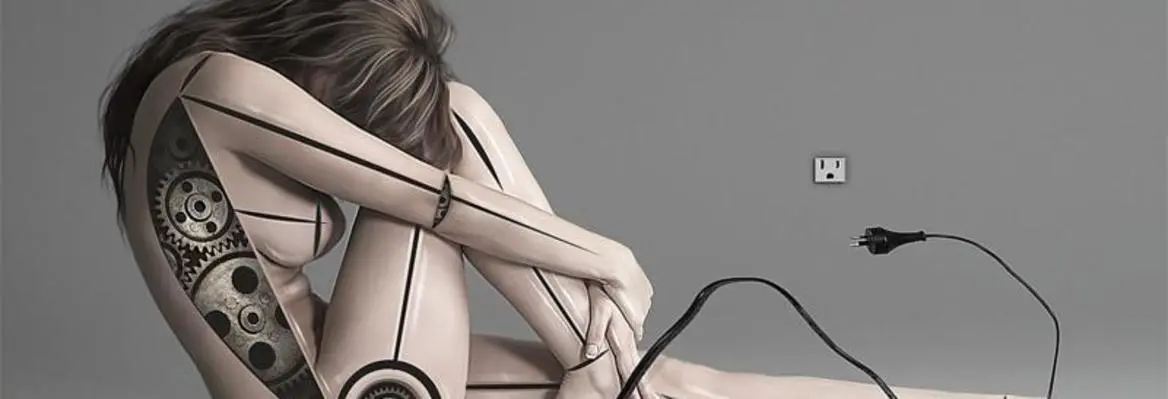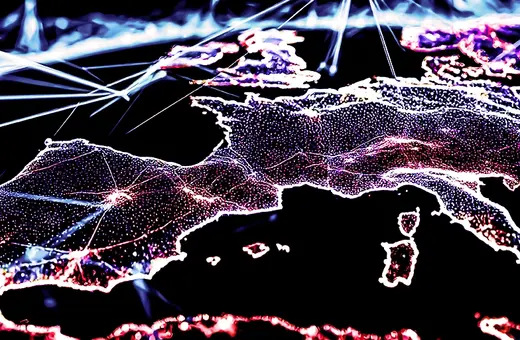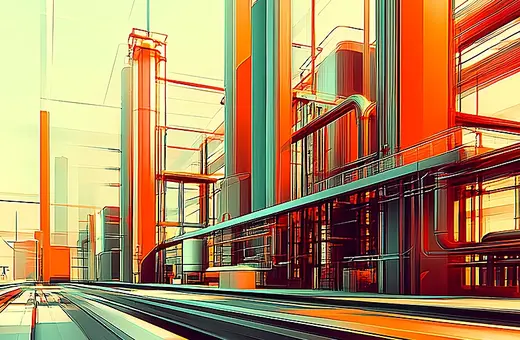Many people who have not studied science are baffled by scientists’ insistence that animal and plants are machines, and that humans are robots too, controlled by computer-like brains with genetically programmed software. In Richard Dawkins’ vivid phrase, we are “lumbering robots.”
It seems more natural to assume that we are living organisms, as are animals and plants. Organisms are self-organising; they form and maintain themselves, and have their own ends or goals. Machines, by contrast, are designed by an external mind: their parts are put together by external machine-makers and they have no purposes or ends of their own. If you get into a car and it’s in working order, it will go wherever you want. If you get onto a horse, it might have its own ideas about where to go.
The starting point for modern science was the rejection of an organic view of the universe. In the seventeenth century, the machine metaphor became central to scientific thinking, with very far reaching consequences. In one way it was immensely liberating. New ways of thinking became possible that encouraged the invention of machines and the evolution of technology.
Before the seventeenth century, almost everyone took it for granted that the universe was like an organism, and so was the Earth. In classical, medieval and renaissance Europe, nature was alive. For example, William Gilbert (1540 – 1603), a pioneer of the science of magnetism, was explicit in his organic philosophy of nature. “We consider that the whole universe is animated,” he wrote, “and that all the globes, all the stars, and also the noble earth have been governed since the beginning by their own appointed souls and have the motives of self-conservation”. Even Nicholas Copernicus, whose revolutionary theory of the movement of the heavens, published in 1543, placed the sun rather than the earth at the centre of the universe, was no mechanist. His reasons for making this change were mystical as well scientific. He thought a central position dignified the sun.
A change from the metaphor of the organism to the metaphor of the machine produced science as we know it. Mechanical models of the universe were taken to represent the way the world actually worked. René Descartes (1596-1650) was the principal proponent of the mechanical or mechanistic philosophy of nature. He was fascinated by the machinery of his age, such as clocks, looms, and pumps. As a youth he designed mechanical models to simulate animal activity, such as a pheasant pursued by a spaniel. Animals were like clockwork. Activities like the beating of a dog’s heart, its digestion and breathing were programmed mechanisms. Descartes backed up his arguments with a thought experiment: first he imagined man-made automata that imitated the movements of animals, and then argued that if they were made well enough they would be indistinguishable from real animals.





















Join the conversation